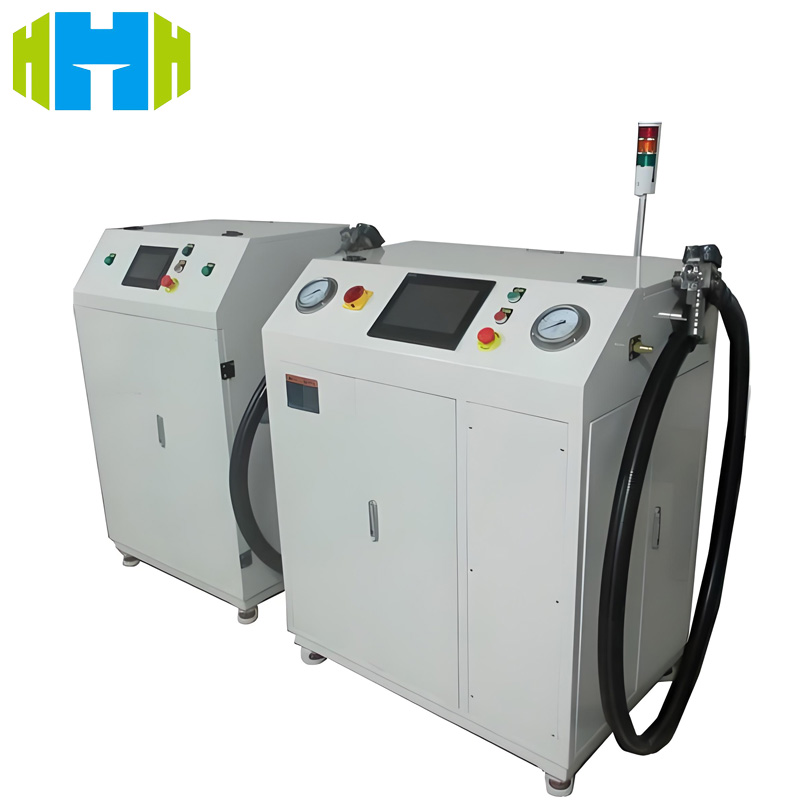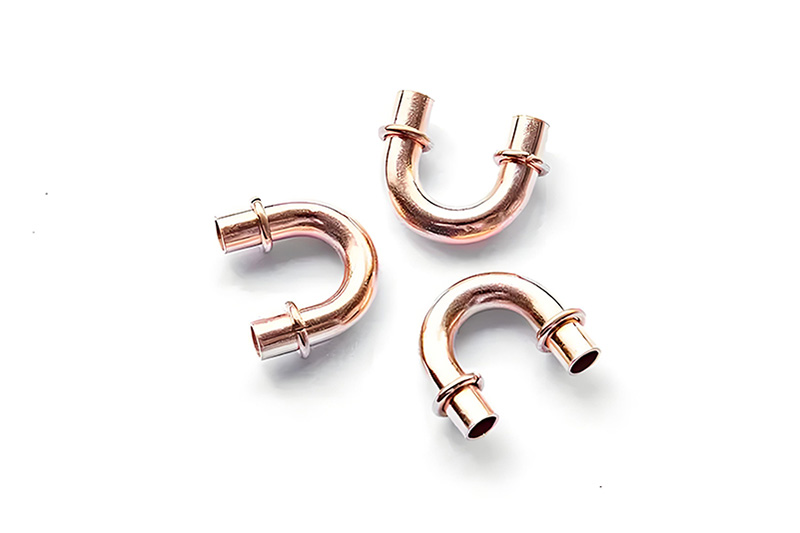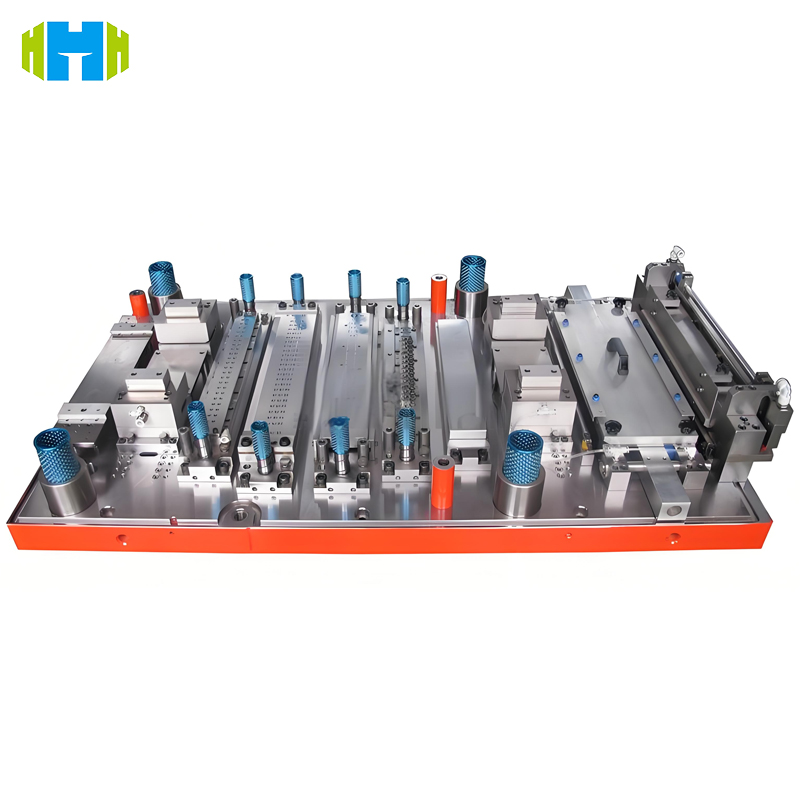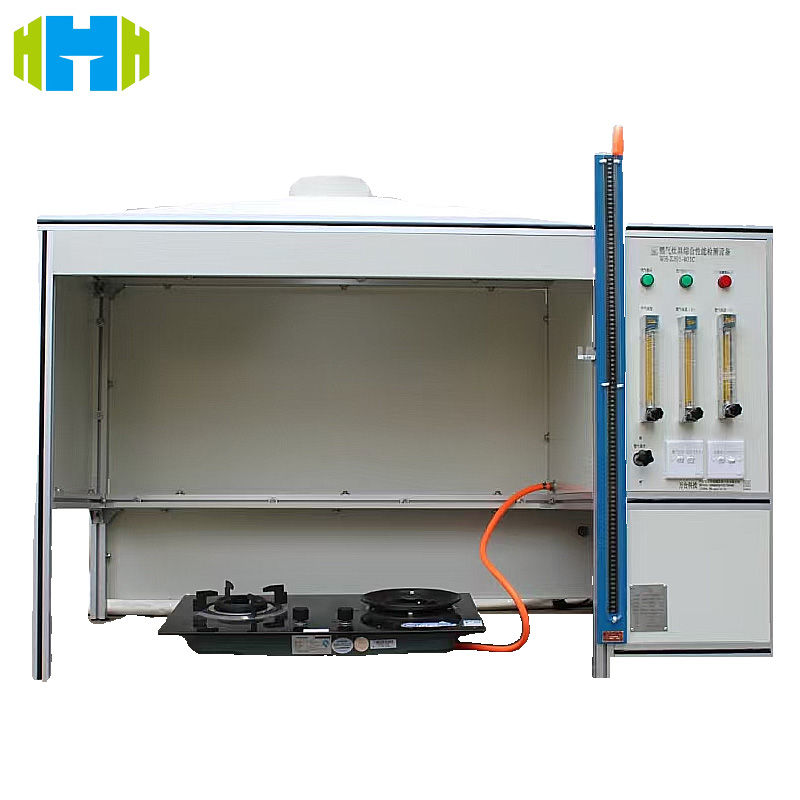In the modern refrigeration equipment manufacturing sector, the Dual-System Refrigerant Filling Machine has emerged as a top choice for numerous producers due to its outstanding performance and efficient filling capacity. Designed specifically for large-scale continuous production, this equipment adopts an intelligent modular design concept, ensuring high precision and rapid cycle times, ideal for fast quantitative filling of production line equipment.
The Dual-System Refrigerant Filling Machine is equipped with strict vacuum detection and leakage detection functions. The fully automatic filling operation not only enhances filling quality but also significantly boosts production efficiency. For refrigeration products produced on mixed lines, this machine offers up to 100 channels, allowing different filling doses to be set according to requirements. Additionally, the humanized barcode reader simplifies operations, enabling users to automatically fill the refrigerant type by scanning the barcode.
In terms of safety, this equipment fully complies with various international standards, including ASME B31.3, ISO 9001, EN 378, etc., ensuring safety and quality throughout the production process. Moreover, the equipment boasts self-monitoring and fault diagnosis functions, aiding users in early detection and resolution of issues.

In summary, the Dual-System Refrigerant Filling Machine, with its efficient, precise, and safe characteristics, offers a novel filling solution for the refrigeration equipment manufacturing industry. Whether for large home appliance manufacturers or specialized refrigeration equipment producers, this machine meets production demands, helping to enhance product quality and production efficiency.





